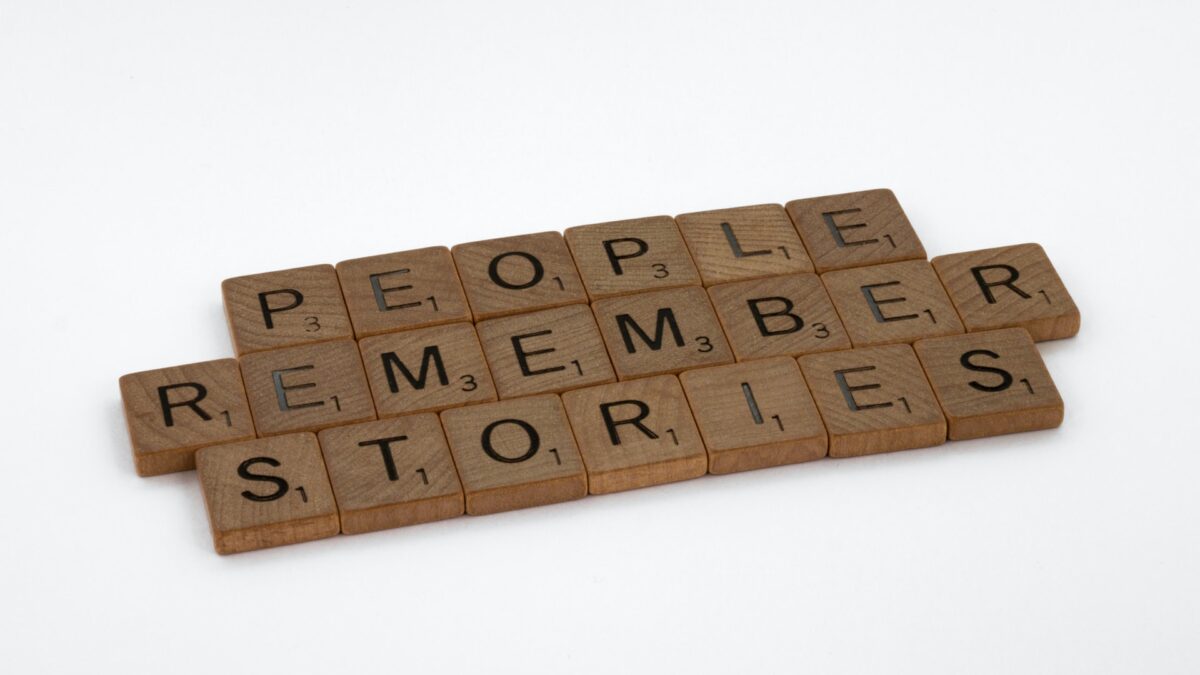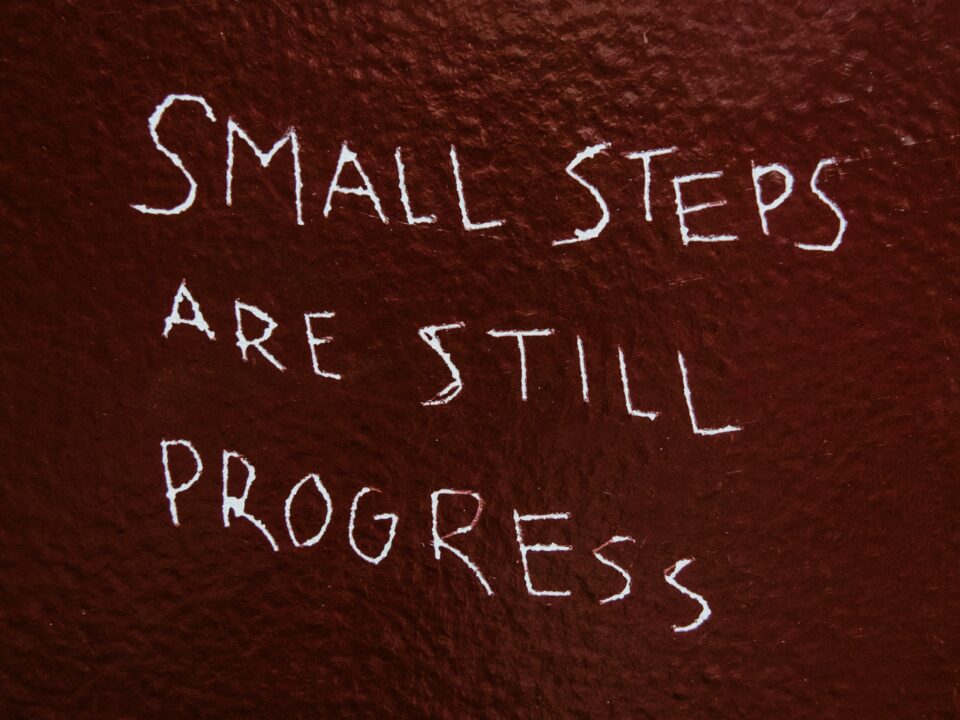
Preparing Perfect Presentations
June 6, 2022
Making a good first impression – tips for building rapport
September 14, 2022In the last blog, (click link – Preparing Perfect Presentations) we discussed presentations: the importance of preparation and how understanding your audience’s needs positively supports their engagement.
The next step to delivering a great presentation is to consider how to structure it to achieve maximum impact.
Telling the story
Think about the structure of a simple story – one you might have been read at primary school. All the best presentations, like the best stories, should have a beginning, a middle and an end. Considering and constructing each of these parts in turn will ensure you have an effective presentation structure.
The beginning of your presentation
The mnemonic ‘INTRO’ is a handy tool when you’re creating the opening of your presentation.
Interest
Capturing the audience’s interest right from the outset is vital. You only have one chance to make a first impression – and to persuade your audience to listen to you. Using an ‘interest factor’ at the very start of the presentation requires an element of bravery from the presenter, but if you launch with it even before you’ve introduced yourself, you can hook the audience in.
So what is an interest factor? Simply, it’s anything that’s going to make the audience listen. A story, an anecdote, a statistic – even a question. Something to get them engaged from the word go. But a word of warning about interest factors – don’t overdo them. One is enough. Any more and they lose impact.
Need
Ask yourself why the audience need to listen to you. I mentioned the ‘internal radio station’ analogy in the last blog (link here). Give the audience a reason to listen by fulfilling a need in them. Perhaps the information you’re communicating is going to keep them safe; perhaps it’s going to earn them more money. The need varies, depending on the people who make up your audience – but making it obvious how they will benefit will boost your engagement.
Timing
Communicating to people an idea of how long they need to remain attentive helps. Give the audience a time-frame and a rough structure of what the presentation will cover.
Range/Rules
Set out the scope of your presentation; outline what you’re going to cover and potentially what you aren’t going to deal with. Sometimes this can give you the added bonus of reducing the amount of unrelated, off-topic questions from the audience.
R also stands for rules. Set out your ground rules for the presentation at the beginning: for example, switching mobile phones to silent, or leaving audience questions to the end. Clarifying these rules upfront helps you manage the session and audience during the presentation. This is particularly relevant in an online presentation.
Objectives
Communicating the learning objectives of the presentation and setting out what the audience will leave with at the end is sometimes useful, particularly when your presentation is an instructional one where new information is shared. If you aren’t delivering a training presentation, you may be able to leave this part out.
How to create the middle of your presentation
The middle section of the presentation is the part where you’ll do most of the talking. Preparing this section can seem daunting; but there are some ways to help get the most out of your material.
Brain-storming
One brain-storming technique is to write on sticky notes for three minutes, then, when the time is up, group the notes into three sub-headings. Use these three sub-headings to form the three headings for your ‘middle section’ and focus your attention on covering on the information you grouped there.
The ‘rule of three’ is a well-documented technique beloved of Steve Jobs, amongst others. People tend to remember things in threes.
You can also create mind maps or spider diagrams if you prefer, using the same principle of three.
Pros and cons
Pros and cons are fantastic tools for a persuasive presentation and can be helpful in steering an audience towards accepting an idea. Always aim to give the audience the feeling they do actually have a choice, though; presenting a fait accompli may have the reverse effect to the one you desire. No-one likes to feel they’re being manipulated.
Feature benefits statements
Using feature benefits statements can also be useful to employ in the middle section of a presentation. Much beloved of salespeople, tailoring the way you describe a feature’s benefits in order to appeal to the needs of the audience can help bring them along with you.
The important presentation ending
At first sight, the end of the presentation appears simple, but there’s a rule of three structure to be employed again here. Summarise the main points and call back to the introduction with a reminder of the audience’s need. Don’t forget to thank everyone for their time and take any questions.
The beauty of this structure is it effectively offers the audience the chance to hear the information three times – set up in the beginning, the ‘meat’ of the presentation in the middle, and the recap at the end – meaning they’re much more likely to remember it.
It’s not dissimilar to the structure of a news bulletin – headline, details, summary –“they tell you what they’re going to tell you, then they tell you, then they tell you what they told you.” A three-act structure that’s tried and tested gives your presentation coherence, keeps you on track as the presenter – and gives you the best chance of making an impact on your audience.
Cube Learning and Development delivers bespoke, personal coaching programmes to support your presentation and communication skills, including presentations. For a no-obligation chat about this and our other training, call Chris Burton on 07879 602002.




